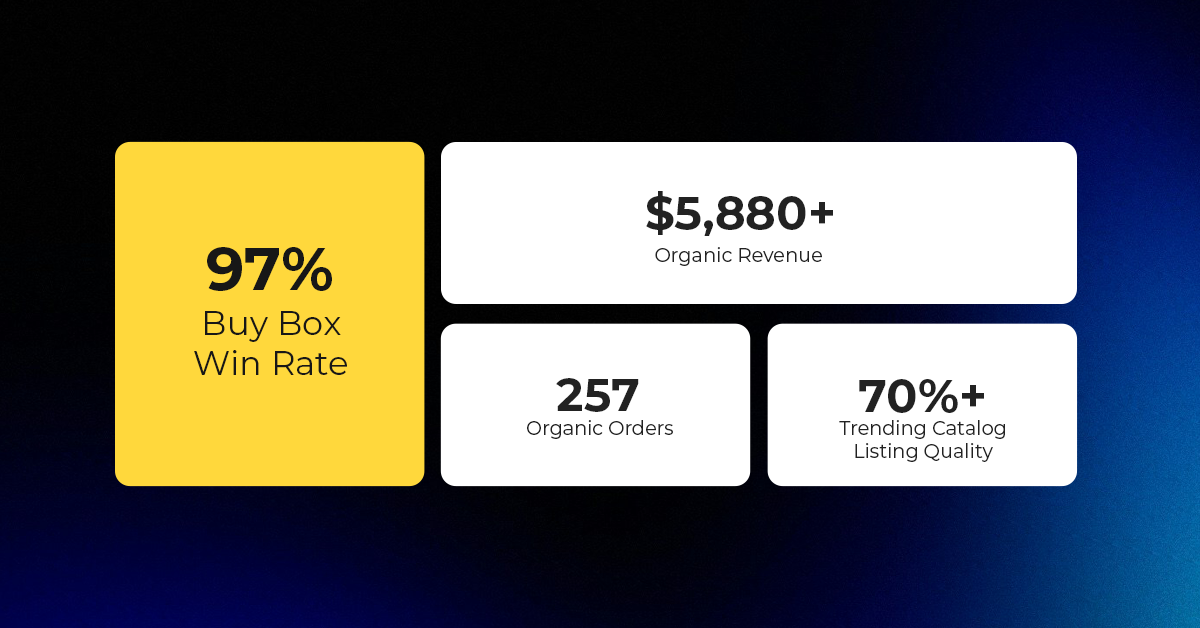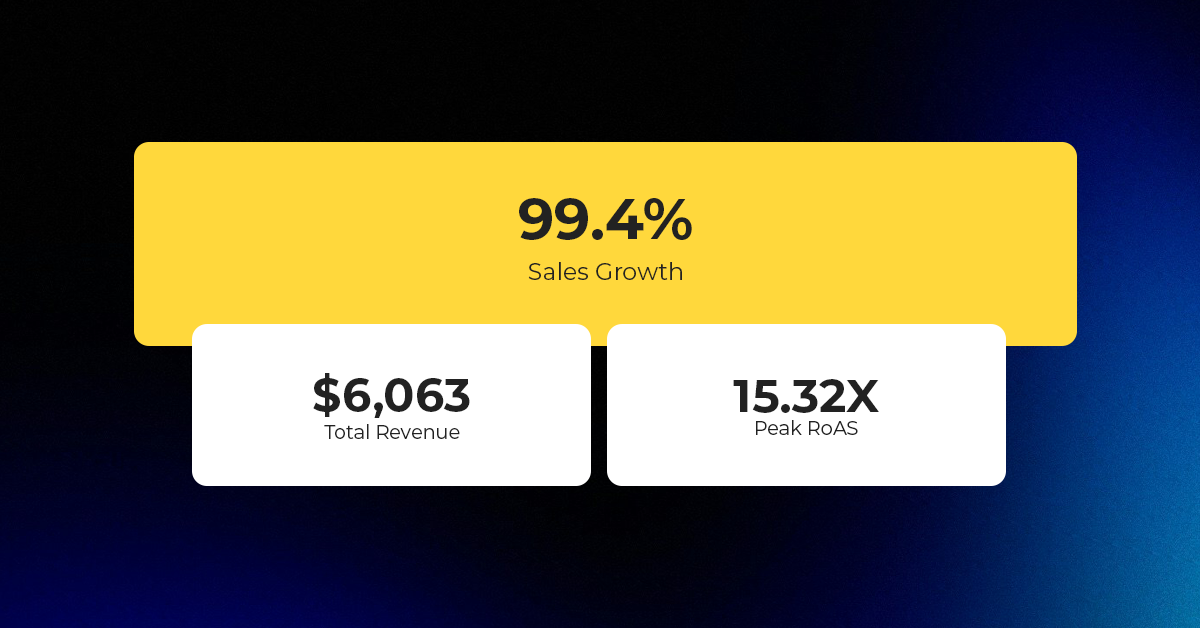Centralized Catalog, Faster Publishing: 40ParkLane’s Marketplace Success with CedCommerce
Reading Time: 4 minutesAbout the Brand: 40ParkLane LLC Studio40ParkLane is a design-led print-on-demand brand created…
Walmart is taking a decisive leap toward the future of retail with its newly unveiled AI roadmap, a strategy that could reshape how consumers shop and how businesses operate on its platform. At the center of this transformation is Sparky, an AI shopping assistant designed to replace the traditional search bar with conversational, needs-based shopping experiences. This move reflects a broader industry shift where AI agents, not search boxes, will guide the path to purchase.
The most striking development in Walmart’s roadmap is the elimination of the search bar as the primary way to discover products. Sparky introduces a conversational interface where customers can simply state what they need—“Plan a unicorn-themed party for my daughter”—and receive curated product bundles.
This change signals a future where AI becomes the retail front door, handling discovery, recommendations, and even checkout. As Walmart CTO Hari Vasudev stated, “Advertising will have to evolve.” The implications are clear: product visibility will increasingly depend on how well AI understands a brand’s offerings, not on traditional keyword rankings or ad placements.
Walmart’s vision extends far beyond a single AI assistant. The company is introducing an agentic AI framework, a network of four specialized AI agents designed to enhance every layer of its retail ecosystem:
By integrating AI deeply into both consumer and operational layers, Walmart is setting the stage for retail experiences that are more personalized, efficient, and data-driven.
Also Read: Walmart Marketplace recently launched Wally, an AI assistant for merchants.
With AI mediating the shopping experience, the rules of product discovery and marketing are set to change dramatically:
As Gartner analyst Robert Hetu explained, “Agents may be less likely to be attracted to images or visuals designed to elicit an emotional response.” Instead, these agents will prioritize structured data, accuracy, and value alignment.
Also read: Walmart Embraces Amazon MCF: A New Era of Cross-Platform Fulfillment for eCommerce
The AI-first retail model demands immediate strategic adjustments from brands and merchants operating on Walmart:
Sources: Forbes | The Wall Street Journal
As Walmart transitions to an AI-powered retail model, CedCommerce’s marketing and managed services for Walmart Marketplace give sellers a competitive edge. From optimizing product data and feed quality to executing result-driven advertising strategies and streamlining multichannel operations, CedCommerce ensures brands stay visible and profitable in this evolving ecosystem.

Reading Time: 4 minutesAbout the Brand: 40ParkLane LLC Studio40ParkLane is a design-led print-on-demand brand created…

Reading Time: 3 minutesAbout the Company Brand Name: David Protein Industry: Health & Nutrition (Protein…

Reading Time: 3 minutesOnline retail spending in Germany is entering a renewed growth phase after…

Reading Time: 4 minutesTikTok Shop has released a comprehensive Beauty and Personal Care Products Policy,…

Reading Time: 4 minutesTikTok Shop has formally outlined comprehensive requirements for expiration date labeling and…

Reading Time: 3 minutesTikTok Shop is raising its sales commission for merchants across five active…

Reading Time: 11 minutesBy now you have seen your BFCM 2025 numbers. The harder question…

Reading Time: 3 minutesAbout the Brand Name: Vanity Slabs Inc Industry: Trading Slabs- Vanity Slabs…

Reading Time: 2 minutesAbout the Brand Name: Ramjet.com Industry: Automotive Parts & Accessories Location: United…

Reading Time: 2 minutesAmazon is rolling out strategic referral fee reductions across five major European…

Reading Time: 4 minutesQuick Summary: Scaling Lifestyle Powersports on eBay with CedCommerce Challenge: Zero marketplace…

Reading Time: 4 minutesTikTok has surpassed 460 million users across Southeast Asia, reinforcing its position…

Reading Time: 3 minuteseBay has released its final seller news update for 2025, with a…

Reading Time: 3 minutesAmazon has clarified its stance regarding speculation around a potential breakup between…

Reading Time: 4 minutesWalmart is accelerating its push into next-generation fulfillment by expanding its drone…

Reading Time: 4 minutesFaire, the fast-growing wholesale marketplace connecting independent retailers with emerging brands, has…

Reading Time: 4 minutesB2B buying in the United States is undergoing a fundamental behavioral shift…

Reading Time: 3 minutesSummary Cyber Monday 2025 has officially become the largest online shopping day…

Reading Time: 2 minutesSummary Amazon kicked off December with two major developments shaping the future…

Reading Time: 2 minutesSummary Walmart has entered December with two major moves that signal a…